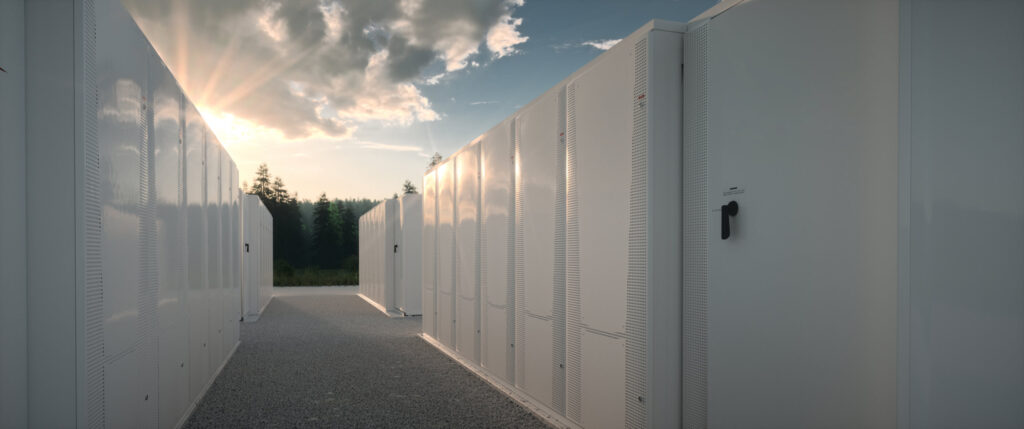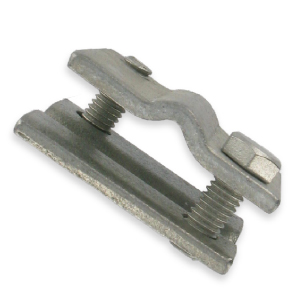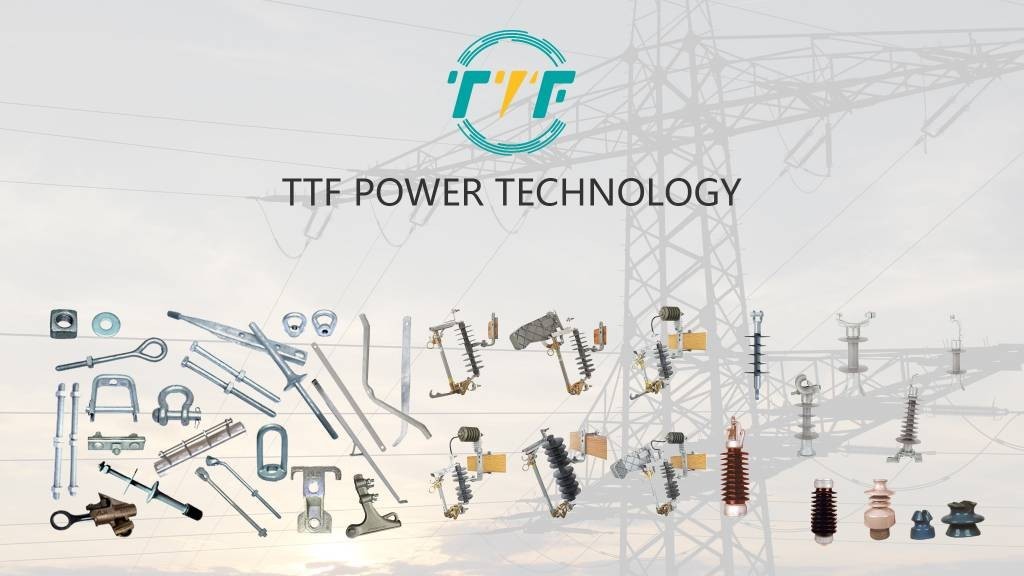
Peru ranks as the world’s second-largest producer of copper and possesses abundant mineral resources that bolster renewable energy. It also generates lithium, a crucial element in the lithium battery recycling sector. Peru is constructing a lithium battery recycling facility with a capacity of 500 kg/h, creating a chance to meet the increasing need for lithium-ion battery recycling. As electric vehicles, renewable energy storage, and portable electronics become more prevalent, the need for lithium battery waste is growing. The 500 kg/h facility will need mechanical processing, hydrometallurgical methods, and pyrometallurgical alternatives. It also requires battery shredding machines, leaching reactors, and wastewater treatment facilities. Crossover clamps guarantee structural stability, electrical safety, and effective cable organization in the battery plant’s framework. Peru has the potential to become a leader in the battery recycling sector of South America. The advancement might also aid in economic expansion and ecological preservation.
High-quality cable clamps secure and organize high-voltage cables, busbars, or wiring. They could interconnect battery modules, inverters, and power distribution systems. The clamps prevent cable sagging, abrasion, or accidental disconnection due to vibrations. In battery energy storage systems, crossover clamps help reinforce the framework holding lithium-ion battery modules. They resist mechanical stress from thermal expansion. Crossover clamps include thermal-resistant materials to withstand heat generated by high-current cables. They may also integrate with cooling systems in large-scale battery plants. Crossover clamps work in battery module assembly, power distribution panels, BESS installations, and HV infrastructure.
Crossover clamps in developing lithium battery plants in Peru
A crossover clamp is a mechanical fastener used to secure intersecting pipes, conduit, rails, or structural tubing. It forms the backbone of the electrical and mechanical systems in industrial plants. Crossover clamps support cable trays, structuring fluid transport lines, and mounting energy storage racks. The clamps ensure the infrastructure stays strong, safe, and future-ready. Additionally, they reduce seismic risks and simplify plant upgrades to support the mission of clean energy production. Here are the functions of crossover clamps in developing lithium battery plants in Peru.

- Structural stability—lithium battery plants involve extensive electrical routing and mechanical pipework. This is crucial for cooling systems, ventilation ducts, and power distribution units. Crossover clamps ensure the systems remain secure and aligned, modular for maintenance, and safe from vibration.
- Quick installation and flexibility—crossover clamps are non-welded, tool-based fastenings. This allows for rapid installation, flexible retrofits, and reduced downtime for upgrades.
- Enhanced safety and compliance—crossover clamps help keep critical infrastructure suspended and organized, maintain clear safety zones, and reduce the risk of electrical shorts.
- Support for sustainability and clean design—crossover clamps enable minimal metal-on-metal contact to reduce wear and particulate generation.
Infrastructure required for the establishment of lithium battery facilities in Peru
The establishment of lithium battery factories, encompassing recycling and manufacturing units, is essential as Peru contributes to the worldwide energy transition. Lithium plays a vital role in the development of new EV markets and the improvement of battery waste management. Implementing strong infrastructure aids in the establishment and functioning of a lithium battery facility in Peru. Yoke plates serve as support bases for conveyor belts that carry battery components. The following are the necessary infrastructure for lithium battery development in Peru.

- Industrial site and facility preparation—an industrial plant for lithium batteries requires a specially designed building tailored for heavy operations. These activities involve land designated for industrial use, concrete floors with reinforcement, systems for ventilation, containment spaces, and road access.
- Power supply and electrical systems—battery production and recycling facilities use significant amounts of energy. A reliable power source is crucial for high-voltage transformers, substations, backup diesel generators, intelligent energy management systems, and energy-saving lighting. Incorporating renewable energy sources can assist in achieving sustainability objectives while lowering operational expenses.
- Water provision—water is essential for cooling systems, chemical processes, and dust control. These are essential in high-volume water pipelines, closed-circuit water systems, and local wastewater management.
- Processing equipment—a lithium battery facility relies on machinery such as battery dischargers and feeders, crushers and shredders, airflow systems, and pyrometallurgical units. These systems ought to be located in environments that control temperature and humidity.
- Digital infrastructure and automation—contemporary battery manufacturing requires robust digital systems to monitor performance and guarantee efficiency. This encompasses PLC-based control systems, SCADA systems, industrial IoT sensors, and cybersecurity frameworks.
- The infrastructure of human capital, including training centers and support facilities, is essential for maintaining operations. The operations encompass training labs on-site, housing for workers, emergency medical facilities, and areas for recreation.
